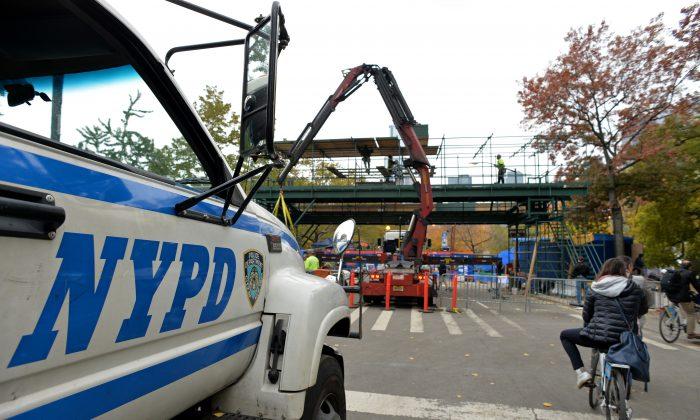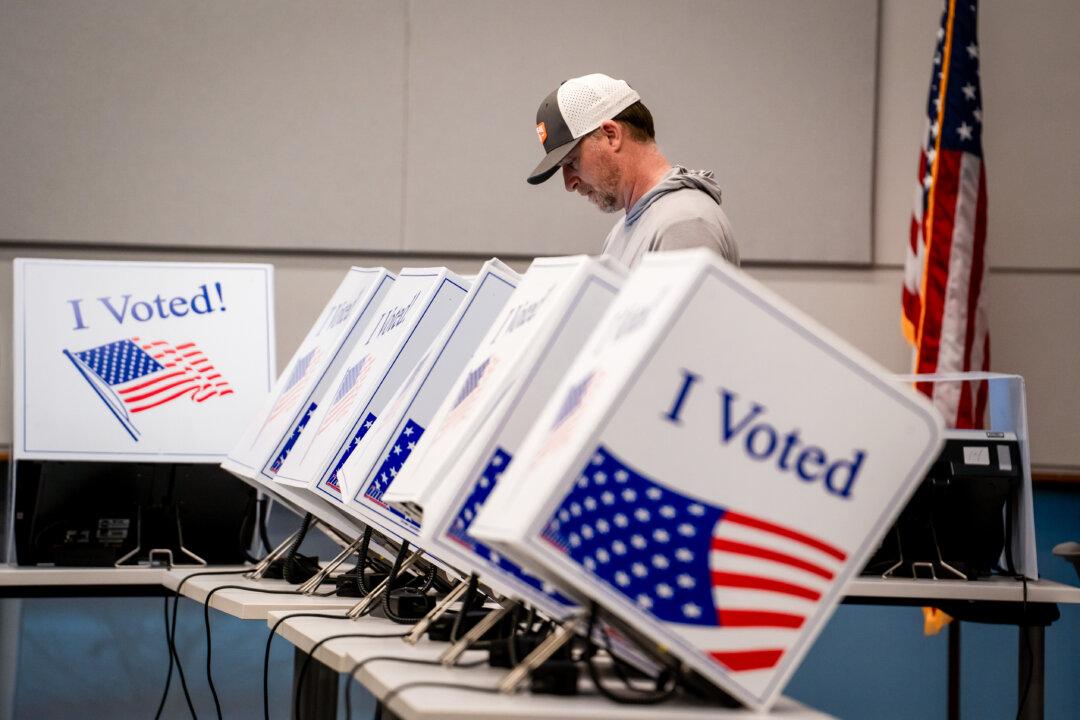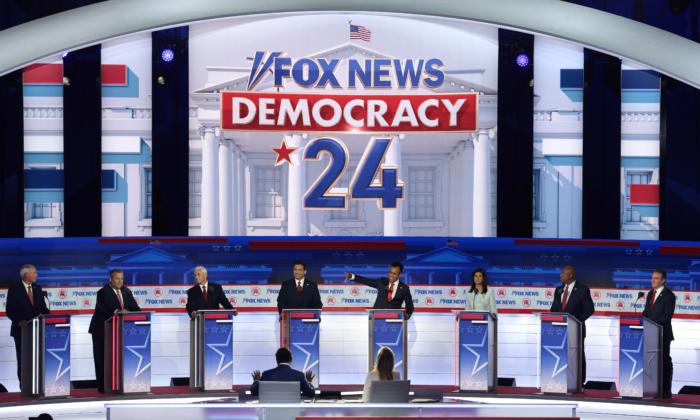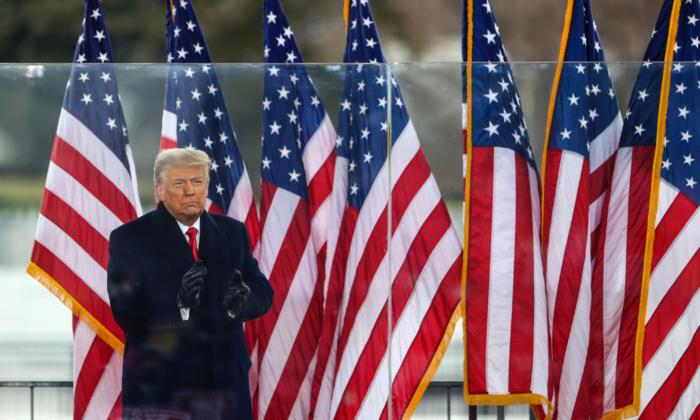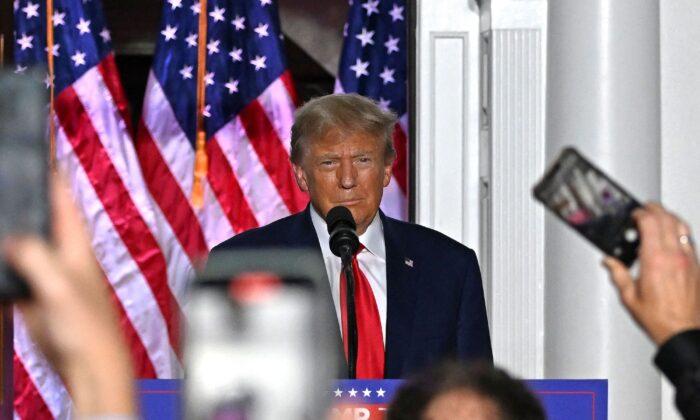NEW YORK—The New York City Marathon is set to start Sunday morning amid tighter security measures in the wake of the bombings at the Boston Marathon in April.
Hundreds of police officers will be posted along the route, police helicopters will patrol the skies, and police boats will keep watch from New York Harbor and the East River. Police will also deploy bomb-sniffing dogs and plainclothes officers to blend in with the crowd.
Runners have been advised that only transparent backpacks are permitted and bulky costumes are prohibited. Hydration packs have also been prohibited. Organizers said spectators should travel light and expect bag checks.
About 59,000 runners are set to participate in the marathon. It will start at Fort Wadsworth near the Verrazano Bridge on Staten Island, run through the five boroughs, and finish in Central Park in Manhattan.
“The New York Police Department is at the nucleus of the city, state, and federal security efforts,” said New York Road Runners (NYRR) President Mary Wittenberg.
Police added 100 security cameras along the 26.2-mile parade route to scan for suspicious activity. But the finish line may be the biggest worry after two homemade bombs detonated near the finish line in Boston, killing three people and injuring more than 260.
“It will be tight,” Police Commissioner Raymond Kelly said recently when asked about the race’s finish area in Central Park. “It always is tight, but obviously we’re going to pay particular attention to that this year.”
Family members reuniting with athletes after the finish line may be scanned with metal detectors. The organizers considered banning bags from the bleachers around the finish area, but ruled it out as impractical because spectators needed to carry clothing and provisions for themselves and the runners they plan to meet afterward.
Instead spectators are encouraged to bring only one bag per person, no larger than the size of a purse. Spectators should also expect to encounter barriers around the finish line, with entry only through checkpoints where bags will be searched.
NYRR spent $1 million on security this year—double that of last year. The organizers hired one of the world’s top security firms to audit its security program.
“We are strengthening our already comprehensive security plan in ways that the public will and won’t see in order to ensure the event is as safe as possible for runners, spectators, and volunteers,” Chris Weiller, vice president for media and public relations at NYRR, wrote via email.
Sandy, then Boston
Despite heightened security following the terror attack at the Boston Marathon, many of the estimated 45,000 runners are shrugging off concerns for their own safety.
“I’m not going to stop running the marathon because somebody thought it was a good idea to blow up a couple of bombs in Boston,” said 50-year-old runner Dave Kleckner. “I don’t intend to run scared.”
Flooding from the superstorm, which was spawned when Hurricane Sandy merged with two other weather systems, forced Kleckner and his family out of their Manhattan apartment building, but he was still gearing up to run the marathon when it was abruptly canceled just days before it was to start.
A few months later, he ran the Boston Marathon and finished before the bombs went off, then he spent an anxious night tracking down fellow members of his running club. Security isn’t a concern for him in the 26.2-mile race through New York’s five boroughs on Sunday, and he even plans to have his wife and children there to cheer him on.
“I wouldn’t miss it for anything,” he said. “Except another superstorm.”[/
The Yellow Line
Tightened security is not the only mark the Boston Marathon bombings left on the upcoming race.
Thomas Grilk, the executive director of the Boston Athletic Association, which organizes the Boston Marathon, painted a yellow line near the finish line in Central Park Wednesday. The color was picked in memoriam of the victims of the Boston Marathon. The line will cover the last quarter mile of the race.
“We’re two cities that may be rivals, but are very close sister cities in so many ways. When it came to planning this year’s race, we really wanted to honor those in Boston,” said Wittenberg. “What better way to, as runners are hitting the final stretch, to look down and see the yellow line of Boston and to remember the lost and be inspired to finish this race.”
The Associated Press contributed to this report.
